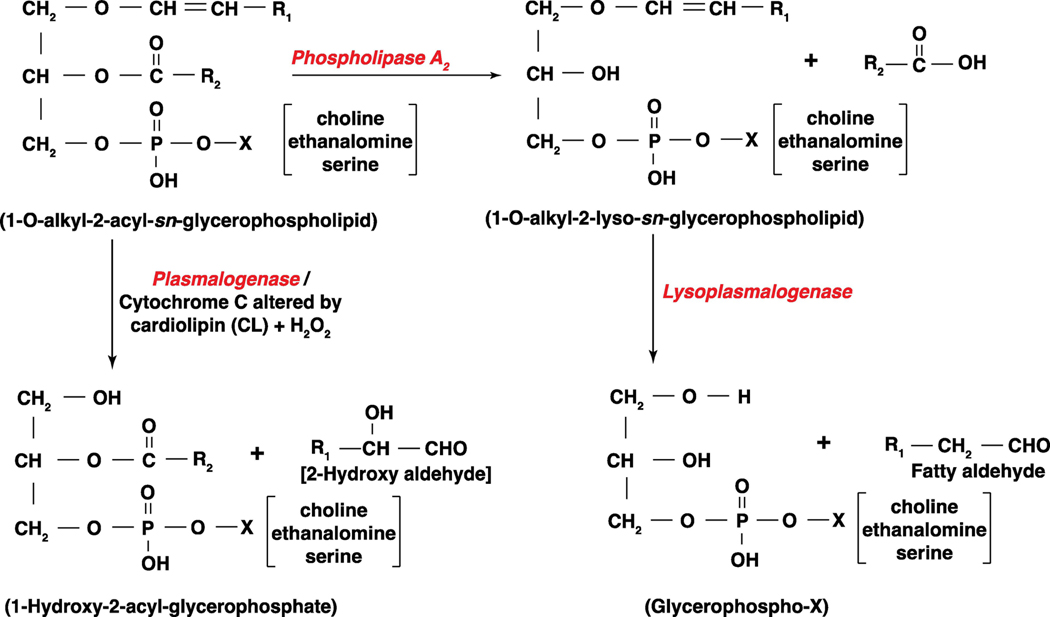Figure 3: Pathways of plasmalogenase and lysoplasmalogenase in generating long-chain fatty aldehydes from 1-O-alkenyl phospholipids.
Plasmalogens are glycerophospholipids that have a 1-O-alkenyl- group linked to carbon 1 atom of the phospholipid, and lysoplasmalogens are derived from plasmalogens by the action of phospholipase A2. Plasmalogenase is cytochrome c that is activated by a cardiolipin (CL) and hydrogen peroxide (H2O2) in the mitochondria and releases 2-hydroxyl aldehyde and 1-lyso-2-acyl-sn-glycerophospholipid. Lysoplasmalogenase hydrolyzes 1-O-alkenyl-2-lyso-sn-glycerophospholipid generated from 1-O-alkenyl-2-acyl-sn-glycerophospholipids by PLA2 to fatty aldehyde and water soluble glycerophospho-X where X is choline, ethanolamine or serine.

